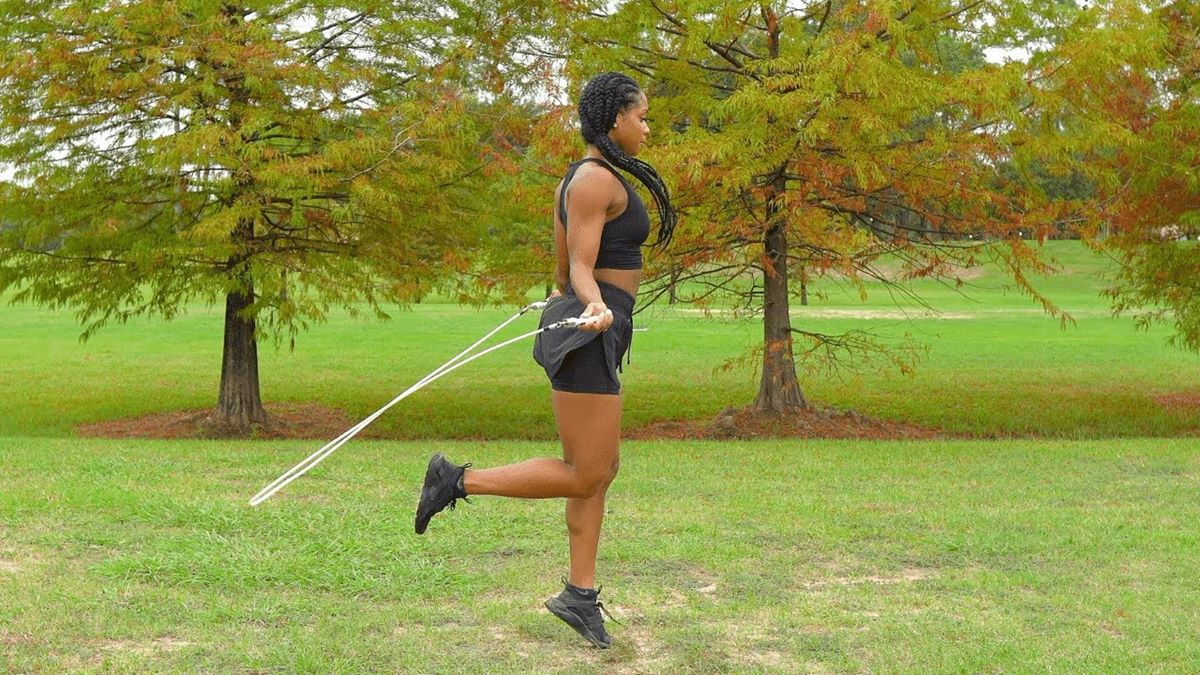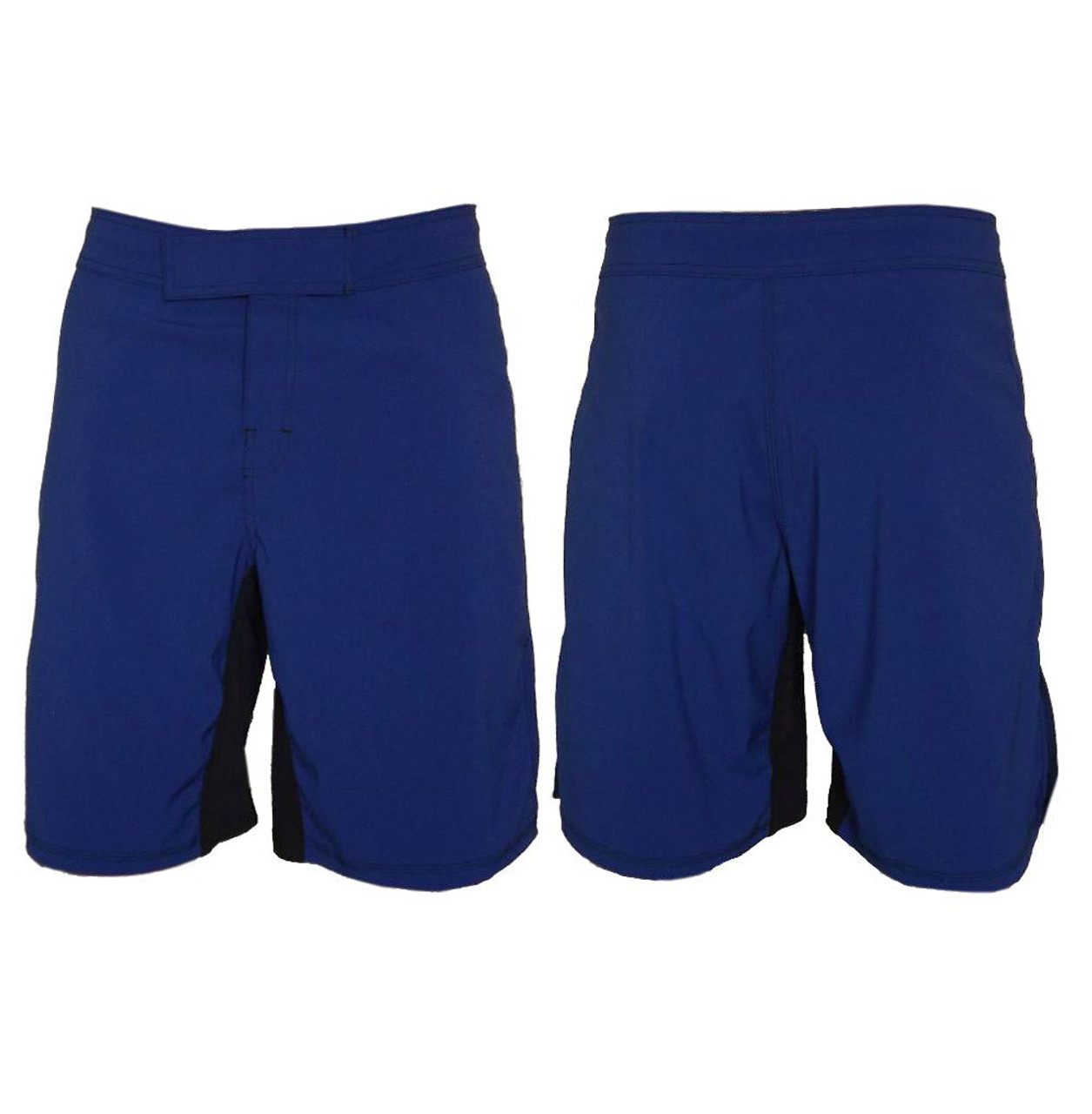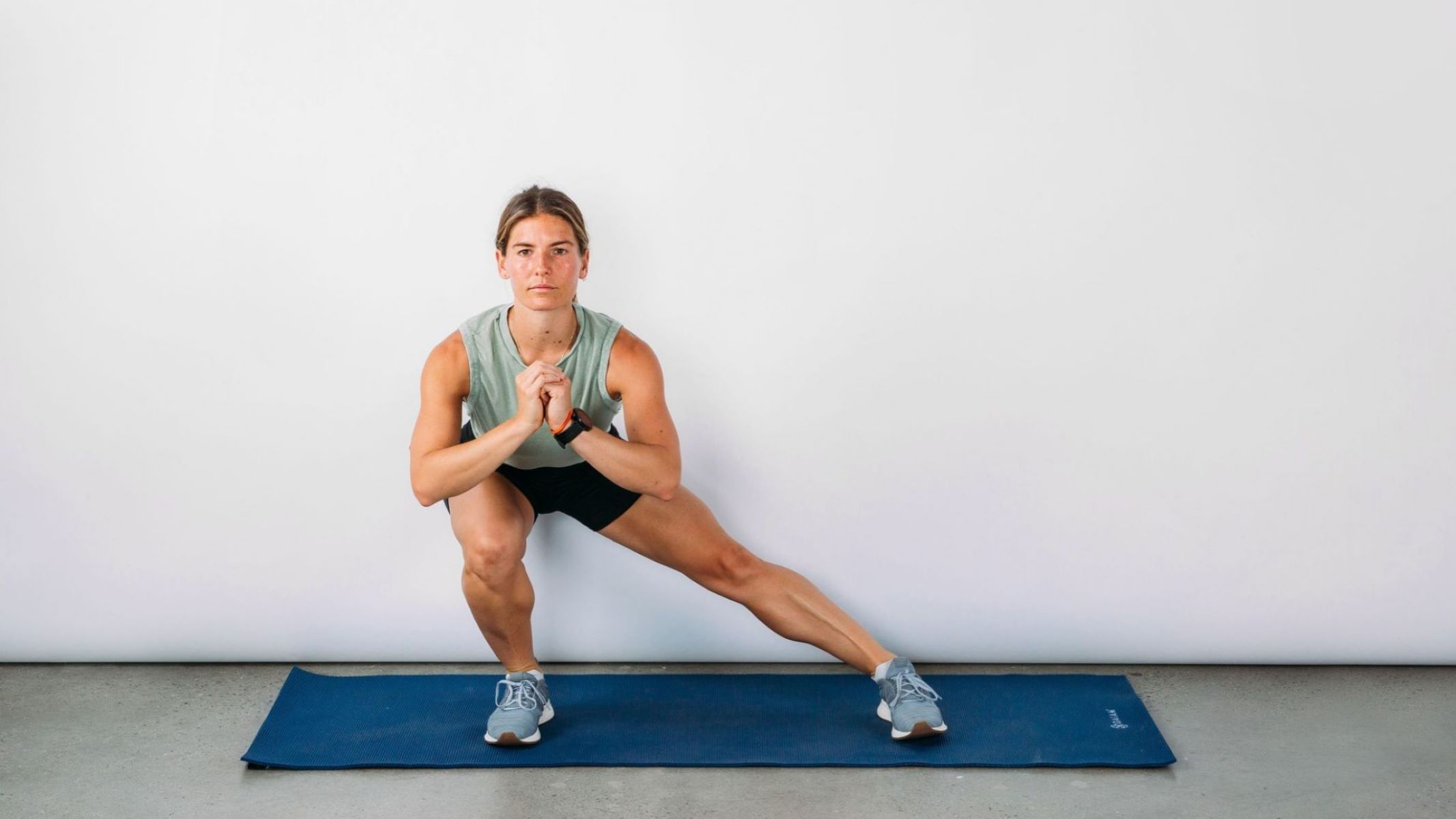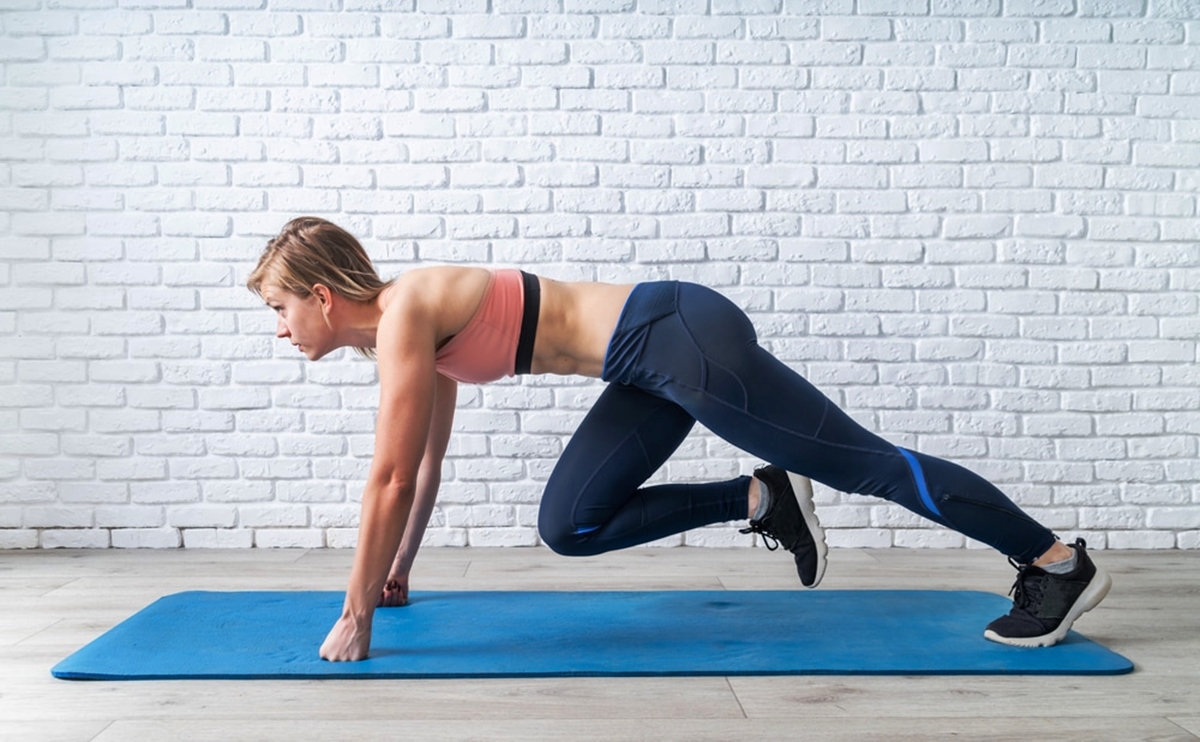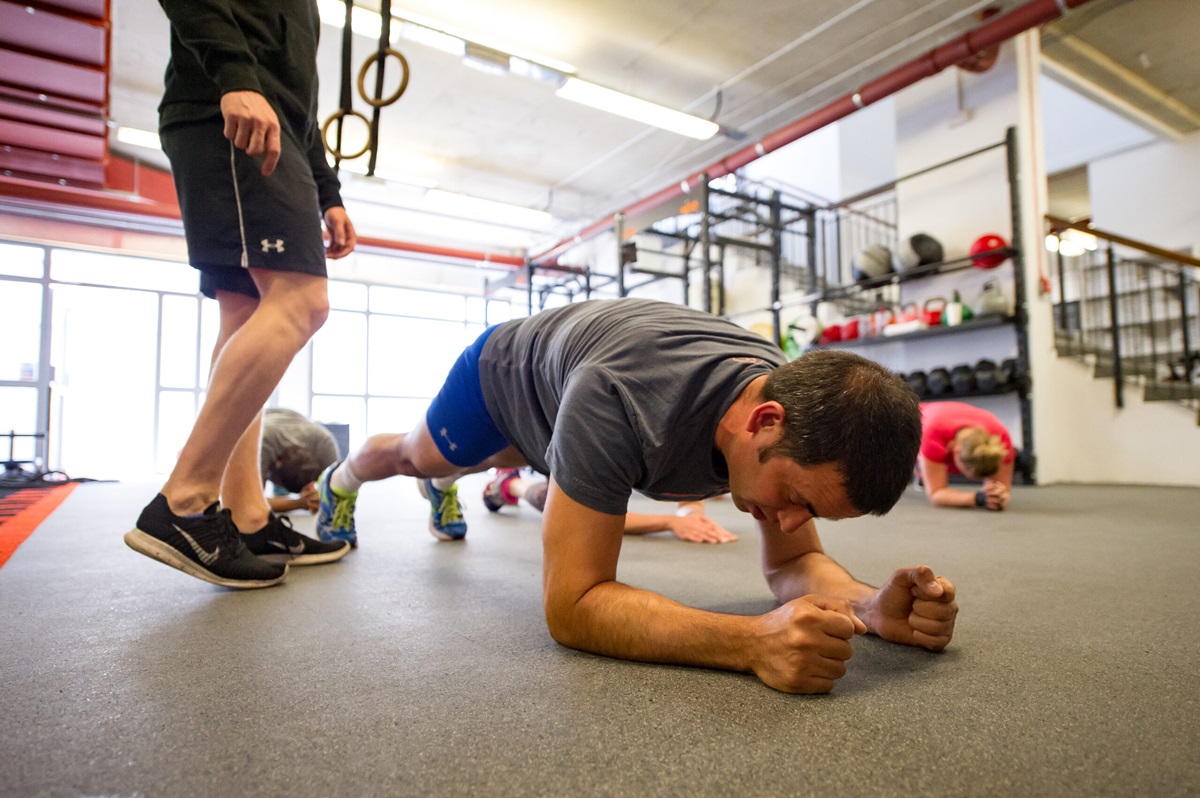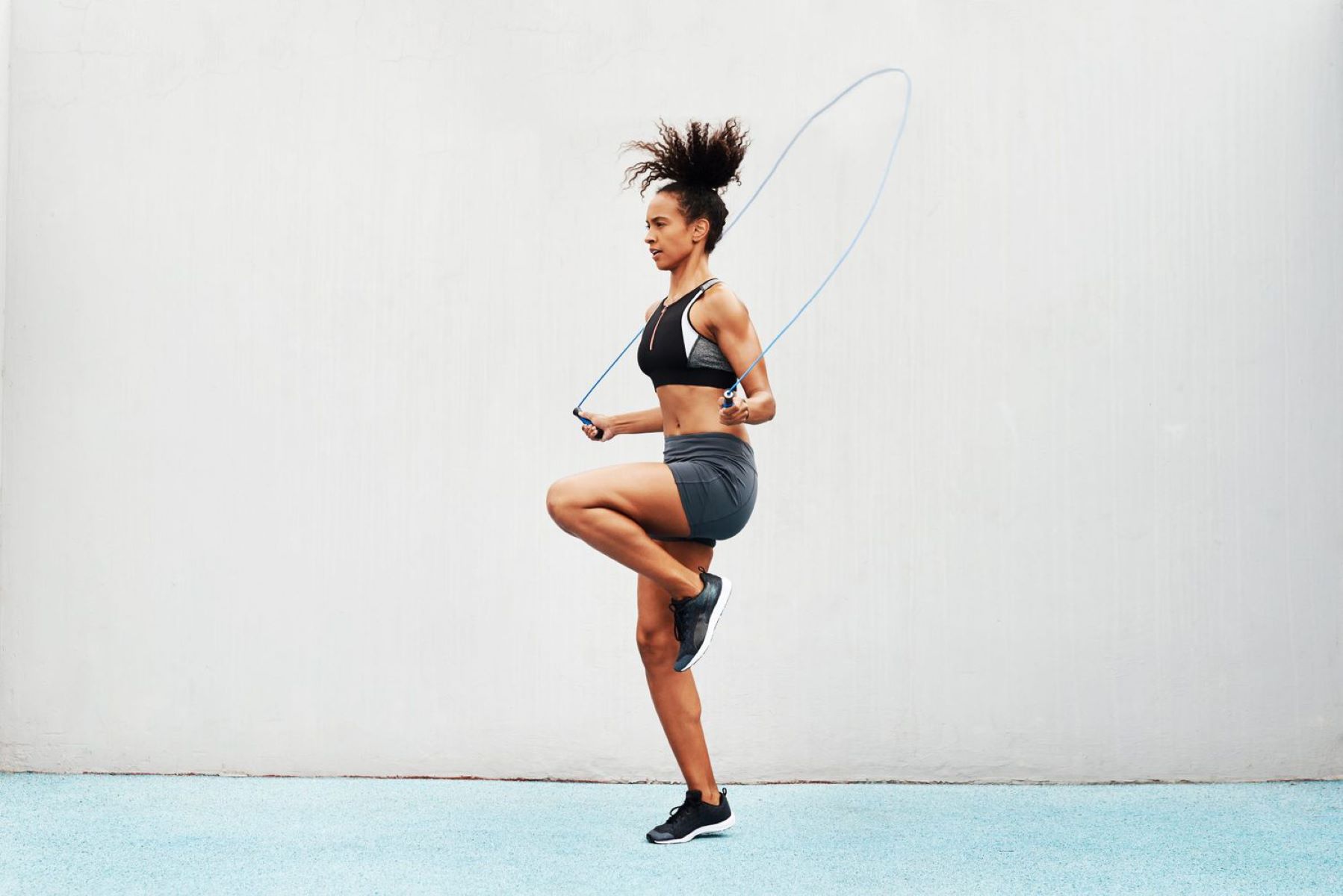

Featured
What Does Jump Roping Workout
Modified: August 21, 2023
Improve your fitness with our featured jump roping workout. Burn calories, tone muscles, and have fun all at the same time.
Introduction
Welcome to the world of jump rope workouts! Jump roping is not just a playground activity; it’s a highly effective and fun way to improve your cardiovascular fitness and overall physical health. Whether you’re a beginner looking to incorporate a new form of exercise into your routine or a seasoned athlete searching for a challenging workout, jump roping has something to offer for everyone.
Jump rope workouts have gained popularity in recent years due to their numerous benefits and versatility. Not only does jump roping provide a great cardiovascular workout, but it also helps to improve coordination, balance, and agility. It’s a low-impact exercise that puts minimal stress on your joints, making it ideal for individuals of all fitness levels.
One of the key advantages of jump rope workouts is their efficiency. In just a short amount of time, you can burn a significant amount of calories and increase your heart rate. With the right technique and intensity, jump roping can be a highly effective way to shed pounds, tone muscles, and improve overall physical performance.
Another great aspect of jump rope workouts is their convenience. You don’t need a fancy gym or expensive equipment to get started. All you need is a jump rope, a suitable surface, and enough space to swing the rope around without any obstructions. You can do it at home, in your backyard, at the park, or even while traveling.
Jump rope workouts are also incredibly versatile. From basic jumps to more advanced exercises like double unders and crossovers, there are endless variations to keep you challenged and engaged. You can tailor your workout to focus on specific goals, whether it’s improving endurance, increasing speed, or targeting different muscle groups.
In the following sections, we’ll explore the various benefits of jump rope workouts and provide you with tips and techniques to get started. We’ll also cover different types of jump rope exercises, common mistakes to avoid, and even give you a sample jump rope workout routine to help you embark on this exciting journey towards better fitness.
So, grab your jump rope and get ready to jump, skip, and hop your way to a healthier, fitter, and more energized you!
Benefits of Jump Rope Workouts
Jump rope workouts offer a wide range of benefits, making it a fantastic addition to any fitness routine. Let’s explore the various advantages that this simple yet effective exercise can bring:
1. Cardiovascular Fitness:
Jump roping is a high-intensity aerobic exercise that elevates your heart rate and increases your cardiovascular endurance. Regular jump rope workouts help to improve the efficiency of your heart and lungs, enhancing overall stamina and endurance.
2. Full-Body Workout:
Jump roping engages multiple muscle groups simultaneously, including your calves, thighs, glutes, core, and shoulders. It helps to tone and strengthen these muscles, giving you a full-body workout in a short amount of time.
3. Weight Loss:
Jump rope workouts are an excellent tool for burning calories and shedding unwanted pounds. Due to its high intensity, jump roping can help you burn more calories compared to many other forms of cardio exercises. It contributes to weight loss while preserving lean muscle mass.
4. Improved Coordination and Balance:
Jump rope exercises require coordination between your upper and lower body, as well as maintaining balance and rhythm. Regular jump roping can help improve your overall coordination, motor skills, and agility.
5. Bone Strength:
Jumping rope is a weight-bearing exercise that helps improve bone density and strength, reducing the risk of osteoporosis and fractures. It puts stress on your bones, making them adapt and become stronger over time.
6. Convenient and Affordable:
Jump rope workouts can be done anytime and anywhere. It’s a cost-effective option that doesn’t require expensive equipment or a gym membership. All you need is a jump rope and enough space to jump, making it a perfect choice for those with busy schedules or limited access to fitness facilities.
7. Mental Benefits:
Jump roping not only benefits your physical health but also has positive effects on mental well-being. It releases endorphins, which can improve mood and reduce stress levels. The rhythmic nature of jump roping can also help promote relaxation and mindfulness.
Overall, jump rope workouts offer a multitude of benefits, ranging from cardiovascular fitness and weight loss to improved coordination and mental well-being. Incorporating jump rope exercises into your fitness routine can have a significant impact on your overall health and contribute to a more active and balanced lifestyle.
How to Get Started with Jump Rope Workouts
Jump rope workouts may seem intimidating at first, but with the right approach and a bit of practice, anyone can master this fun and effective exercise. Here are some steps to help you get started:
1. Choose the Right Jump Rope:
Invest in a good-quality jump rope that suits your height and fitness level. The rope should be long enough to easily swing over your head and around your body, but not too long that it becomes cumbersome to handle. Adjustable ropes are a great option as they can be customized to your preferred length.
2. Find the Right Space:
Find a suitable area to jump rope. Ideally, a flat and non-slip surface with sufficient space around you to avoid any obstacles. If you’re indoors, make sure you have enough ceiling height to comfortably jump without hitting anything above you.
3. Warm-Up:
Before starting your jump rope workout, it’s crucial to warm up your body. Perform dynamic exercises such as arm circles, high knees, and ankle rotations to prepare your muscles and joints for the upcoming activity. A warm-up helps reduce the risk of injuries and improves overall performance.
4. Master the Basic Jump:
Begin by mastering the basic jump, also known as the two-footed jump. Hold the handles of the jump rope with an even grip, with your elbows close to your sides and your wrists relaxed. Start swinging the rope over your head and, as it reaches your feet, jump over it with both feet together. Focus on maintaining a steady rhythm and jumping with a light and springy motion.
5. Gradually Increase Speed and Intensity:
Once you’ve mastered the basic jump, you can begin to increase the speed and intensity of your jumps. Aim for a faster turning speed of the rope, challenging yourself to jump higher or perform tricks such as crossing the rope or doing single-leg jumps. Gradually introduce more challenging variations as your skill and fitness level improve.
6. Start with Short Intervals:
When starting your jump rope workouts, begin with shorter intervals of 1-2 minutes and gradually increase the duration as your stamina improves. Take short breaks between intervals to catch your breath and prevent excessive fatigue.
7. Incorporate Jump Rope into Your Routine:
To reap the maximum benefits, aim to include jump rope workouts in your exercise routine at least 2-3 times a week. You can alternate between jump rope sessions and other forms of cardio or strength training exercises to create a well-rounded fitness program.
8. Listen to Your Body:
As with any new exercise, it’s important to listen to your body and not push yourself beyond your limits. Pay attention to any discomfort or pain and adjust your intensity and technique accordingly. If you have any existing health conditions, consult with your doctor before starting a jump rope workout routine.
Remember, practice makes perfect. Don’t get discouraged if you struggle in the beginning. With patience, consistency, and proper technique, you’ll gradually improve and start enjoying the many benefits of jump rope workouts.
Different Types of Jump Rope Exercises
Jump rope workouts offer countless variations and exercises to keep your routine fun, challenging, and effective. Here are some different types of jump rope exercises that you can incorporate into your workouts:
1. Basic Jump:
The basic jump is the foundation of jump rope exercises. Start with both feet together and jump over the rope, swinging it beneath your feet and over your head. Focus on maintaining a steady rhythm and gradually increase your speed as you become more comfortable.
2. Single-Leg Jump:
Take your basic jump to the next level by transitioning to a single-leg jump. Lift one leg off the ground and jump over the rope with the opposite leg. Alternate between legs, aiming for a smooth and controlled movement.
3. Alternate Foot Step:
In this exercise, you alternate between landing on your right foot and left foot while jumping. As you swing the rope over your head, switch your footing and land on the opposite foot each time the rope passes beneath your feet.
4. Double Unders:
Double unders involve rotating the rope fast enough to pass under your feet twice in a single jump. It requires precise timing and a quick turning speed of the rope. Start by mastering the basic jump before attempting double unders.
5. Cross Overs:
In this exercise, you cross your arms in front of your body as the rope passes under your feet. As the rope comes back around, cross your arms again in the opposite direction. It’s a challenging workout that targets your coordination and core muscles.
6. Side-to-Side Jump:
Incorporate lateral movement with side-to-side jumps. Instead of jumping straight up and down, jump from side to side, moving laterally. Make sure to clear the rope with each jump and maintain a consistent rhythm.
7. High Knee Jump:
Bring your knees up towards your chest with each jump. Engage your core and aim to jump as high as possible while maintaining a rapid turning speed of the rope. This exercise helps to improve lower body strength and coordination.
8. Boxer Skip:
The boxer skip involves hopping from one foot to the other while continuously moving the rope. Alternate between a regular basic jump and a single-leg jump, resembling the footwork of a boxer. This exercise improves agility and foot speed.
These are just a few examples of the many jump rope exercises available. Mix and match these exercises to create a varied and challenging workout routine that targets different muscle groups and keeps you engaged. Remember to always maintain proper form, focusing on staying light on your feet and maintaining a consistent rhythm.
Tips for a Successful Jump Rope Workout
To make the most out of your jump rope workouts, it’s important to keep a few tips in mind. Incorporating these tips will help you perform the exercises correctly, prevent injuries, and maximize the benefits of your workout:
1. Choose the Right Surface:
Jumping rope on a surface that provides some shock absorption, such as a rubber mat or wood floor, can help reduce the impact on your joints. Avoid jumping on concrete or hard surfaces that can put excessive stress on your knees and ankles.
2. Maintain Proper Form:
Keep your feet close together and jump with a slight bounce on the balls of your feet. Engage your core muscles to maintain stability and avoid excessive swinging or arching of your back. Relax your shoulders and maintain a good posture throughout the exercise.
3. Focus on the Rope Position:
When jumping, aim to clear the rope just enough to pass under your feet. Avoid jumping too high, as it can slow down your rhythm and waste unnecessary energy. Tuck your elbows close to your sides and rotate the rope with a flick of your wrists.
4. Find Your Rhythm:
Jumping rope is all about finding your own rhythm and pace. Start with a comfortable turning speed of the rope and gradually increase it as you become more proficient. Focus on maintaining a consistent rhythm and gradually challenge yourself with faster turns or more complex exercises.
5. Gradually Increase Intensity:
If you’re a beginner, start with shorter intervals and lower intensity. Gradually increase the duration and intensity of your jump rope sessions as your fitness level improves. Push yourself, but listen to your body and avoid overexertion.
6. Don’t Forget to Breathe:
It’s important to regulate your breathing during jump rope workouts. Breathe deeply and regularly, exhaling as you jump over the rope. This ensures a steady flow of oxygen to your muscles and helps prevent fatigue.
7. Stay Hydrated:
Jump rope workouts can be intense and cause you to sweat. Stay hydrated by drinking water before, during, and after your workout. Replenish electrolytes with sports drinks if you’re engaging in longer or more intense sessions.
8. Mix It Up:
Vary your jump rope workouts by incorporating different exercises, intervals, and challenges. This keeps your routine interesting and prevents boredom. Explore different jump rope techniques and experiment with different tempos to keep your body and mind engaged.
9. Take Rest Days:
Don’t forget to give your body time to recover. Rest days are essential for muscle recovery and injury prevention. Listen to your body and incorporate rest days into your workout schedule.
By following these tips, you can have a successful jump rope workout and make progress towards your fitness goals. Enjoy the journey and have fun while jumping your way to better health and fitness!
Common Mistakes to Avoid While Jump Roping
Jump roping may seem simple, but there are common mistakes that people often make which can hinder their progress and increase the risk of injury. By being aware of these mistakes and avoiding them, you can ensure a safe and effective jump rope workout. Here are some common mistakes to watch out for:
1. Using an Incorrect Rope Length:
One of the most common mistakes is using a jump rope that is too long or too short for your height. A rope that is too long can get tangled or trip you up, while a rope that is too short can cause you to stumble. Make sure to choose a rope that is the right length for your height and adjust it if needed.
2. Jumping Too High:
Many beginners tend to jump excessively high while jump roping. Jumping too high can waste energy and slow down your rhythm. Instead, focus on jumping just enough to clear the rope, utilizing a light and efficient movement.
3. Incorrect Arm and Wrist Position:
Proper arm and wrist positioning is crucial for efficient and effective jump roping. Avoid locking your elbows and instead keep them slightly bent and close to your sides. Your wrists should be relaxed and your grip on the handles should be firm but not overly tight.
4. Poor Posture:
Maintaining proper posture is vital while jump roping. Avoid hunching your shoulders or arching your back. Instead, stand tall with your chest up, shoulders back, and engage your core muscles to maintain stability and proper alignment.
5. Lack of Warming Up:
Skipping the warm-up is a common mistake that can lead to muscle strain or injury. Before starting your jump rope workout, take the time to perform dynamic warm-up exercises to prepare your muscles and joints for the activity ahead.
6. Overexertion:
Pushing yourself too hard without allowing adequate rest periods can lead to fatigue, decreased performance, and increased risk of injury. Remember to embrace rest days and listen to your body. Gradually increase the duration and intensity of your workouts as your fitness level improves.
7. Poor Jumping Technique:
Jumping technique plays a crucial role in jump rope workouts. Avoid landing on your heels or flat feet, as this puts excessive strain on your joints. Instead, aim to land on the balls of your feet with a slight bend in your knees to absorb the impact.
8. Neglecting Breathing:
Pay attention to your breathing while jump roping. Many people tend to hold their breath, which can cause fatigue and decrease your endurance. Remember to breathe steadily and deeply throughout your workout.
By avoiding these common mistakes, you can enhance your jump rope workouts and achieve better results. Practice proper technique, listen to your body, and be patient with yourself as you improve your jump roping skills.
Sample Jump Rope Workout Routine
Ready to put your jump rope skills to the test? Here’s a sample workout routine that combines various jump rope exercises to challenge your cardiovascular fitness and engage multiple muscle groups:
1. Warm-Up:
Start with a 5-10 minute warm-up consisting of dynamic exercises such as jogging in place, high knees, arm circles, and ankle rotations. This helps to increase blood flow, warm up your muscles, and prepare your body for the upcoming workout.
2. Basic Jumps:
Begin with 3 sets of basic jumps for 1 minute each, with 30 seconds of rest between sets. Focus on maintaining a steady rhythm and jumping with proper form. Gradually increase your speed and intensity as you progress.
3. Alternate Foot Step:
Perform 2 sets of alternate foot step jumps for 45 seconds each, with a 15-second rest between sets. Alternate landing on your right foot and left foot, keeping a steady pace and rhythm throughout the exercise.
4. High Knee Jumps:
Complete 3 sets of high knee jumps for 1 minute each, with a 30-second rest between sets. Engage your core and bring your knees up towards your chest with each jump, aiming for maximum height while maintaining a rapid turning speed of the rope.
5. Double Unders:
Challenge yourself with 2 sets of double unders for 30 seconds each, with a 15-second rest between sets. Try to rotate the rope fast enough to pass under your feet twice in a single jump. If you’re a beginner, practice your timing and speed with regular single jumps instead.
6. Cross Overs:
Perform 2 sets of cross overs for 45 seconds each, with a 15-second rest between sets. As the rope passes under your feet, cross your arms in front of your body and uncross them as the rope comes back around. Maintain a consistent rhythm and focus on proper technique.
7. Boxer Skip:
Finish off with 3 sets of boxer skips for 1 minute each, with a 30-second rest between sets. Alternate between a regular basic jump and a single-leg jump, mimicking the footwork of a boxer. Keep a brisk pace and challenge yourself to maintain a steady rhythm.
Cool-Down:
After completing the workout, spend 5-10 minutes doing static stretches to cool down and gently stretch your muscles. Pay particular attention to your calves, hamstrings, quadriceps, and shoulders.
Remember to stay hydrated throughout the workout, take breaks when needed, and listen to your body. Modify the intensity or duration of the exercises based on your fitness level and goals. As you become more comfortable and proficient in your jump rope skills, feel free to experiment with different exercises and variations to keep your routine challenging and enjoyable.
Conclusion
Jump rope workouts are a fantastic way to improve your cardiovascular fitness, burn calories, and strengthen your muscles. By incorporating jump rope exercises into your fitness routine, you can experience a wide range of benefits, including increased endurance, improved coordination, and enhanced agility.
Throughout this article, we’ve discussed the numerous advantages of jump rope workouts, such as their convenience, versatility, and effectiveness for weight loss. We’ve also provided you with tips and techniques to get started, different types of jump rope exercises to try, and common mistakes to avoid.
Remember, consistency is key when it comes to jump rope workouts. Start slowly, master the basics, and gradually increase the intensity and duration of your workouts. Listen to your body, rest when needed, and challenge yourself with new exercises and variations to keep your routine fresh and exciting.
Jump rope workouts are suitable for individuals of all fitness levels, from beginners to advanced athletes. With the right technique, proper form, and a bit of practice, you can reap the rewards of this simple yet effective exercise.
So, grab your jump rope, find a flat surface, and start jumping your way to better health and fitness. Enjoy the journey, stay motivated, and celebrate your progress along the way. With dedication and perseverance, you’ll be amazed at how much you can achieve with this fun and dynamic form of exercise.
So what are you waiting for? It’s time to jump in and experience the benefits of jump rope workouts for yourself. Get ready to elevate your fitness, ignite your energy, and embrace a new level of physical and mental well-being.



